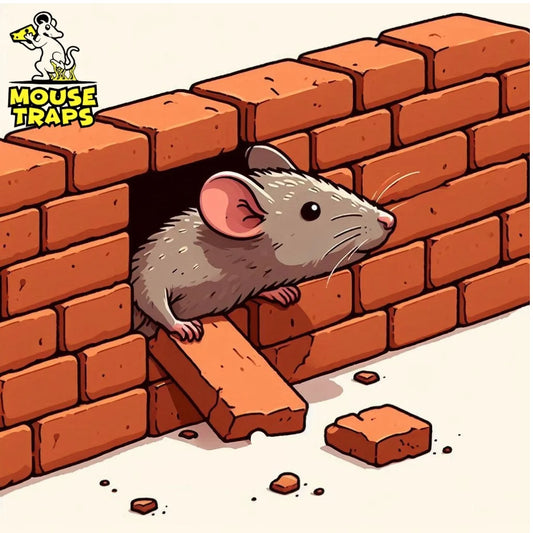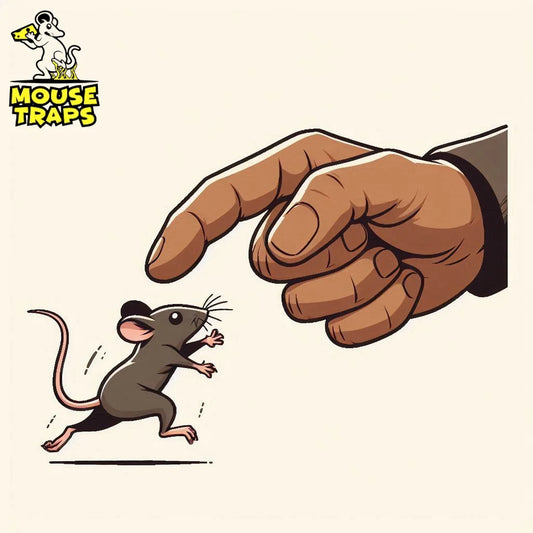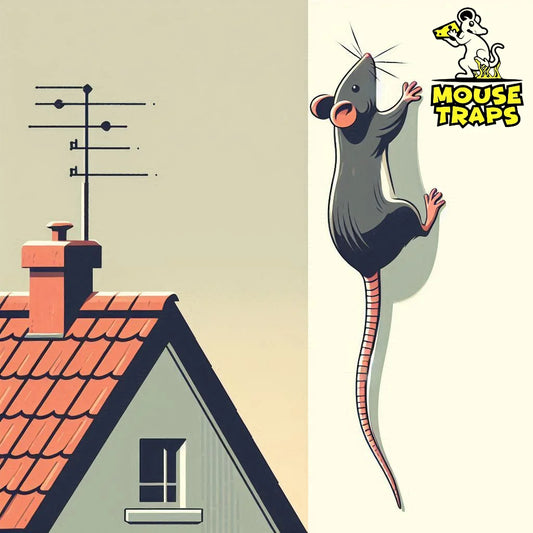Introduction:
Urban rodents, commonly known as rats have been an issue, for both city dwellers and officials. Their existence not jeopardizes health but also diminishes the quality of life in urban environments. In the United Kingdom (UK), where urbanization is rapidly expanding, the need for effective rat control measures is more pressing than ever. Are there programs funded by the government to address this problem?
Although local authorities and property owners are mainly responsible, for pest control the UK government does contribute to initiatives focused on managing rat populations in cities. Lets take a look, at some of these endeavors;
Pest control services:
- Many local councils in the UK operate pest control services aimed at assisting residents with various pest problems, including rats.
- Residents can typically contact their local council to report rat infestations or request pest control services.
- Once notified, the council may dispatch trained pest control officers to assess the situation and implement appropriate control measures.
- Control methods commonly used include baiting with rodenticides, trapping, and sealing entry points to prevent rats from accessing buildings.

Education and awareness campaigns:
- Local councils recognize the importance of community involvement in rat control efforts and may conduct education and awareness campaigns to engage residents.
- These initiatives frequently seek to educate locals, on rat behaviors and tendencies along with the dangers linked to rat invasions like disease transmission and property destruction.
- Informative resources, like pamphlets, flyers or signs could be handed out to homes, businesses and public spaces.
- Local authorities might also arrange sessions, conferences or community gatherings to offer advice to residents on how to deter rat infestations through waste disposal and building upkeep.

Legislation and enforcement:
- Local councils typically have regulations in place related to pest control, including measures specific to rat management.
- Property owners may be required to follow rules that involve keeping their properties maintained to prevent pests, like rats, from being drawn to or residing there.
- Councils may conduct inspections of properties to ensure compliance with pest control regulations.
- In cases where property owners fail to address rat infestations, councils may issue warnings or fines to compel compliance.

Collaboration with other agencies:
- Controlling rats usually involves government agencies and departments working together.
- Local councils often team up with health departments, animal control agencies or public health authorities to tackle rat problems effectively.
- This collaboration includes sharing information pooling resources and combining expertise to create rat control plans.
- Moreover councils may collaborate with community groups, universities or research organizations to discover methods, for managing rats and conduct research on rat behavior and ecology, in cities.

Note:
Even if government take steps for pest control it is much better to do it by yourself if rats already got access to your location to prevent any property damage and health problems. The best approach to handle these rodent is using traps. Live Humane Mouse Trap and Sticky Glue Traps are best to perform this task, further details is given below;.
Live humane traps:
Live humane traps are devices designed to capture rodents such as rats without harming them. These traps usually include a box with an opening that guides the rodent into a compartment where it is safely trapped upon entry. They are commonly constructed from materials, like metal or robust plastic.

Benefits:
- Humane: Live humane traps offer a cruelty-free method of dealing with rodent infestations. Instead of killing the rats, they allow for their capture and subsequent release into a more suitable environment.
- Safe for non-target animals: Unlike lethal traps or poisons, live humane traps pose minimal risk to non-target animals, such as pets or wildlife, as they do not contain toxic substances.
- Reusable: Many live humane traps are reusable, making them a cost-effective and environmentally friendly option for rodent control.
- User-friendly: Live humane traps are relatively easy to set up and use, requiring no special skills or training. They can be deployed indoors or outdoors, depending on the location of the rat activity.
Sticky glue pad traps:
Sticky glue pad traps, also known as glue boards or glue traps, consist of a flat surface coated with a strong adhesive. When a rat or other small animal steps onto the trap, it becomes stuck to the adhesive and is unable to escape.

Benefits:
- Easy to use: Glue pad traps are simple to set up and require no baiting or additional equipment. They can be placed along walls, in corners, or in areas where rat activity is observed.
- No chemicals or poisons: Glue pad traps do not contain any toxic substances, making them a safer alternative to rodenticides, especially in households with children or pets.
- Non-lethal: While glue pad traps do not directly kill rats, they immobilize them, allowing for their removal and disposal. However, there is a risk of injury or stress to the trapped animal.
- Effective for small infestations: Glue pad traps can be effective for capturing individual rats or small numbers of rodents. They are particularly useful in situations where other methods may not be practical or feasible.
Conclusion:
The government, in the UK backs efforts to control rat populations by enacting laws providing support to councils running public health campaigns conducting research and working closely with stakeholders. Laws govern the use of pesticides funding assists authorities in managing pests awareness campaigns promote health, research guides control techniques and collaboration ensures holistic approaches, to urban rat management.




